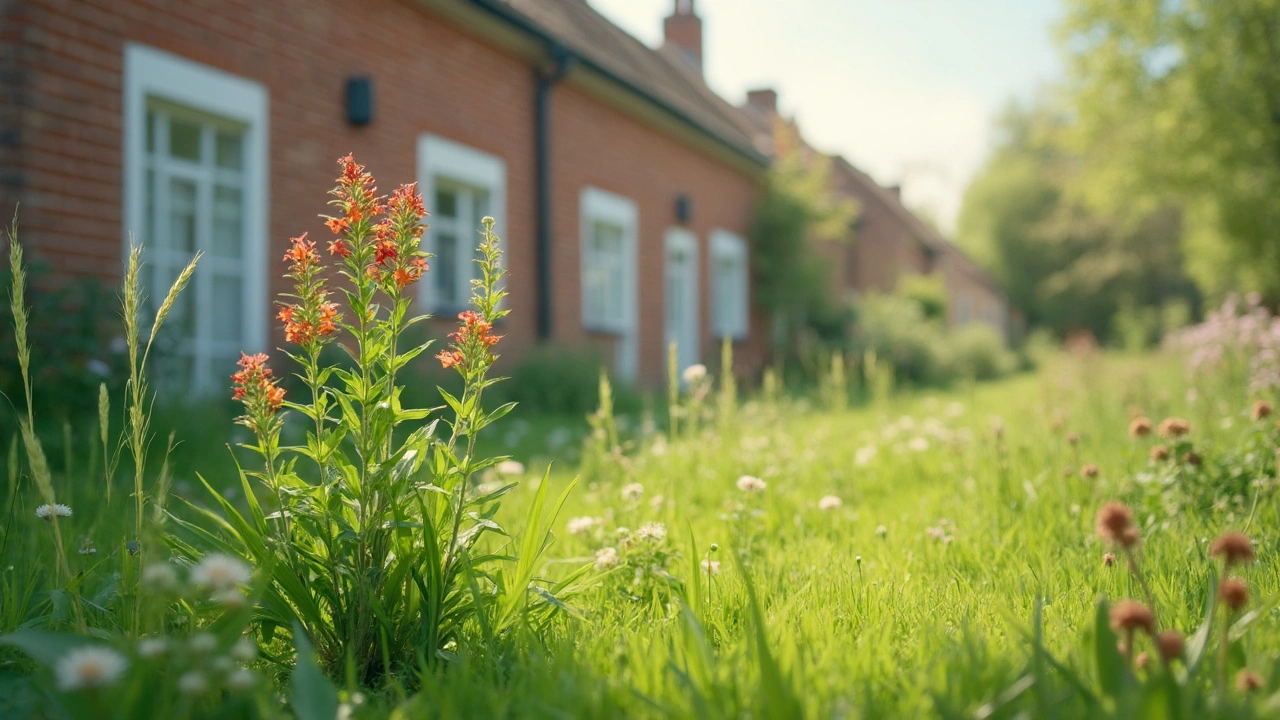Buckhorn Plantain: What It Is and Why It Matters
If you’ve ever walked through a meadow and saw a low‑spreading leaf with a ragged edge, that might be buckthorn plantain. It’s a common wild herb that people have used for centuries to soothe coughs, skin irritations, and minor digestive issues. The plant is easy to identify – look for a smooth, upright stem, small white flowers, and a leaf that feels a bit fuzzy on the surface.
Why should you care about this humble plant? Modern research shows that buckhorn plantain contains compounds that can calm inflammation and kill bacteria. That means it can help with things like a sore throat, a run‑down skin rash, or a pesky bug bite. The best part is that you don’t need a prescription – the herb is available as dried leaves, teas, tinctures, and even topical creams.
Top Health Benefits
First off, the leaf tea is a go‑to for a gentle cough. Steep a teaspoon of dried leaves in hot water for about ten minutes, sip slowly, and notice the soothing effect on your throat. The same tea can also act as a mild diuretic, helping your body flush out excess fluid if you’re dealing with mild swelling.
Skin‑wise, the plant’s anti‑inflammatory properties make it great for minor burns, cuts, or eczema flare‑ups. You can make a poultice by crushing fresh leaves with a bit of water and applying it to the affected area. Many users report less redness and itching after a few applications.
People with occasional stomach discomfort find relief by chewing a small amount of fresh leaf after meals. The herb can calm the lining of the gut, easing mild gastritis or indigestion. Just be sure to rinse the leaf well before chewing to remove any dirt.
How to Use Buckhorn Plantain Safely
Before you stock up, it’s key to know where to get a quality product. Look for vendors who source the herb from sustainable, pesticide‑free farms. If you’re buying dried leaves, check the packaging date – fresh herbs lose potency after a year.
Start with a low dose. For teas, one teaspoon of dried leaf per cup of water is plenty. If you’re using a tincture, follow the label – usually a few drops diluted in water. Topicals should be applied sparingly; a thin layer is enough to feel the benefit.
Watch out for interactions. If you’re on blood‑thinners or anti‑inflammatory medication, talk to a pharmacist before adding plantain to your routine. The herb can enhance the effects of these drugs, which might cause bleeding or low blood pressure.
Pregnant or nursing women should be extra cautious. While there’s no strong evidence of harm, the safest route is to avoid high doses until you get a professional’s okay.
Finally, remember that herbal remedies work best when paired with a healthy lifestyle. Stay hydrated, eat a balanced diet, and get regular exercise. Buckhorn plantain can be a helpful addition, but it’s not a magic cure‑all.
In short, buckhorn plantain is a versatile, low‑cost herb that can calm coughs, soothe skin, and support gentle digestion. Pick a reputable source, start with a small amount, and listen to how your body reacts. With the right approach, this wild plant can become a handy tool in your everyday health kit.
Buckhorn Plantain: The Secret Ingredient for a Healthier Lifestyle and Enhanced Well-being
Buckhorn plantain isn’t just a backyard weed—it’s a super useful plant packed with health perks. This article uncovers what makes buckhorn plantain special, how to spot it, and how people use it to boost well-being. You’ll get easy ways to add it to your routine and learn about its traditional uses. If you care about simple ways to support your health, buckhorn plantain has more to offer than you think.
